Blogger Loveday Why on why she eats with the seasons
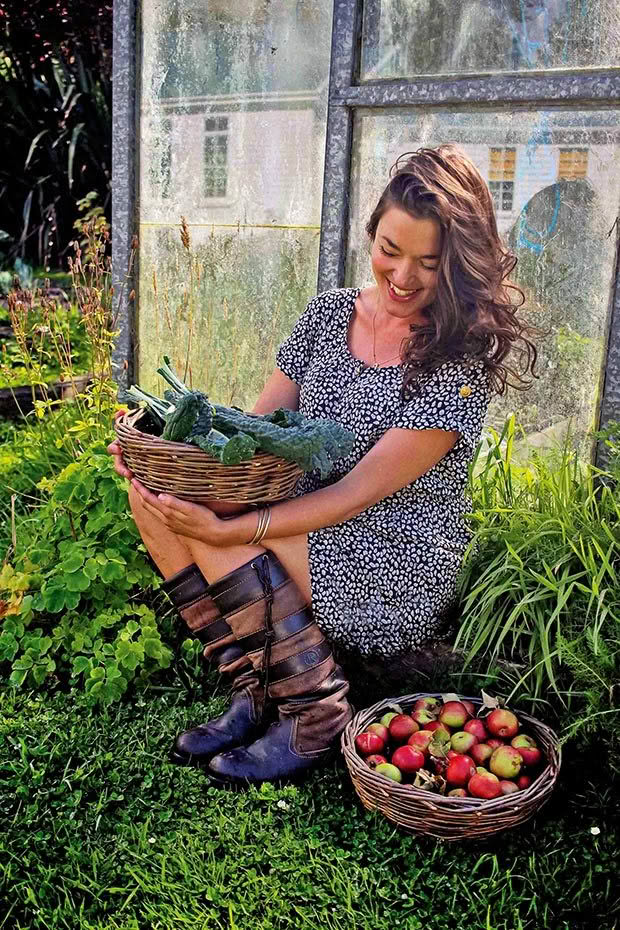
When Loveday Why discovered she had chronic fatigue syndrome, she found the answer to good health was in her garden.
Words: Loveday Why
Who: Loveday Why
Where: Dunedin
What: writer, cook, dancer, coach
Website: www.wild-and-good.com
When I was 17, I was diagnosed with chronic fatigue syndrome. I was bedridden for the most part of two years. There were many days when showering was a huge event and I’d sleep for the rest of the day. I was often unable even to speak.
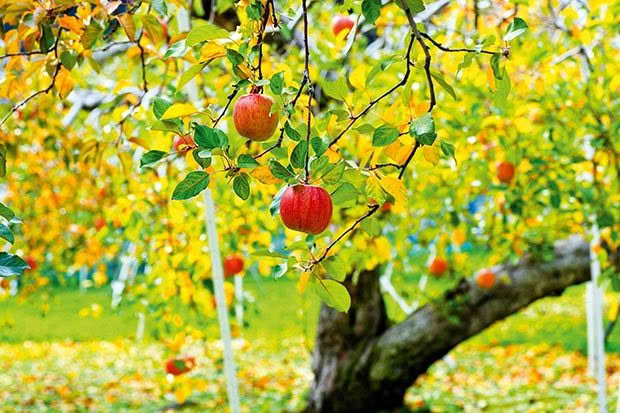
Through brute determination and dedicated napping, I hauled myself through university only to be smacked down hard after graduation. I replayed the same old bleak story, but this time with less faith and more resignation. Then followed years of riding the ebb and flow of the illness, simply too busy scrambling to make up for lost time in the up periods to even explore why this might be happening and how I could prevent the downturns. It never crossed my mind to consider whether my ‘normal’ Western diet was part of the problem.
Back then, food was something that happened in between doing stuff. It also arrived magically in the supermarket in plastic wrapping. It was considered quite wild that our town had a café that served date slice made with whole wheat flour and that some people were (whisper it) vegetarian. My usual day consisted of wheat-based cereal followed by biscuits with coffee, a processed meat sandwich on white bread with crisps, fruit and chocolate for lunch and a rice or pasta dish for dinner. Another attempt at a normal life left me staggering back to my parents’ house at the age of 22. A wonderful but totally wrong-for-me boyfriend proposed and I decided to accept, simply because he could provide for me. I figured I could wait out my life until I died. But a tiny voice whispered inside me: ‘Don’t give up. I’m still here.’
Hearing my true voice started me off on a healing journey with food. I took a long hard look at input and output and decided there had to be a way out of this. Regular trips to the library provided me with some templates for my experimentation as little by little I gathered knowledge and ideas. I began with a juice cleanse at a stage when I was barely capable of lifting the machine onto the work bench. Everyone thought I was mad, including my doctor, but it felt like this was my final lifeline and I was determined. I embarked on 18 months of raw vegan foods and released as many environmental toxins from my life as I possibly could, like those found in cleaning products and skin care. The accompanying meditation practice that seemed to arise quite naturally helped me to get a handle on the years of shame and frustration that the illness had so generously gifted me.
The symptoms of ill health began to drop away. I gradually gained energy and was able to sustain it. There were still cycles of recovery and setback but they were decreasing in impact as I was slowly rebuilding. The only experiment I can think of that went wrong was when I drank so much carrot juice that I got nifty orange patches on my face which was sort of hilarious anyway! It took a while to finally register the connection between what you eat and how you eat it, between understanding and nurturing where your food comes from – the earth – and loving where it goes into – your body. I finally saw food for the vibrant healing matter it is. Two years ago, a specialist in New Zealand discovered that all along, I have been suffering from nutrient malabsorption and enzyme deficiency leading to something like malnutrition. It was eye-opening.
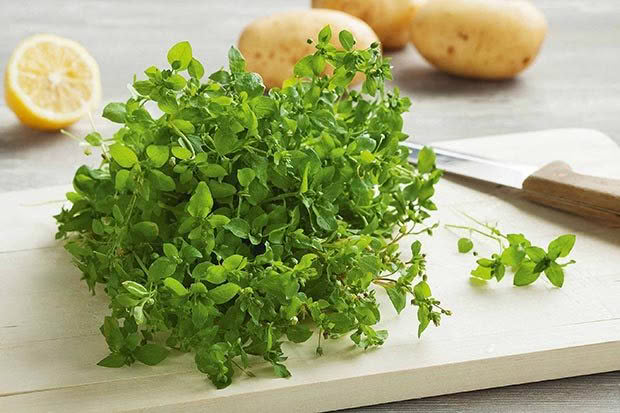
Healing is an ongoing process but I can say that today I am physically well. I have regained trust in my body and I can now look with love on those 10 years of illness because they have made me stronger. I also believe I have Aotearoa to thank for that regained strength. New Zealand is the first country in which I have set down roots, metaphorically and literally. I’ve always grown things, even if that was just a cluster of herbs in a pot but it is only in this beautiful country that I have a garden for the first time. On a little portion of coastal hill outside Dunedin, in a salt breeze and surrounded by bee-filled clover, I am learning and loving the pulse of the seasons and aligning my plate with what I plant. It is in this country that I have truly come to know that the mind-body connection has one more essential component – earth.
Making the right food choices is at the core of good health, as is cherishing the land your food comes from, the friends it is shared with and the body that you are fueling. The greatest lesson I have learned is that we and our little parcels of land are all a work in progress and the most positive change you can make is tuning into a life that is resonant for you. Whatever your unique challenges and life choices – time, health, perceived skill level – it feels good to put love into your food, your life and back into the earth, step by simple step.
LOVEDAY’S TIPS FOR DOWN-TO-EARTH FOOD

KEEP IT SIMPLE
Sprinkle a salad with edible flowers. Try the nutrient powerhouse that is the humble weed. Foraging with friends and then eating in the garden on warm nights or just making sure your plate is as colourful as possible are all ways to show your appreciation to the earth as well as love for yourself and those you are sharing the food with.
FEED THE SOIL
Out in Brighton, we have a wild and experimental seaside garden that doesn’t seem to operate according to normal calendar seasons. We have nourished the soil with horse manure, sheep dags and seaweed foraged from the beach and our former clay is now lush and fertile.
SHELTER CAN BE EDIBLE
Living in recycled dwellings in a suburban seaside area, we have found planting fast, tall-growing verdants such as root artichokes offers us and our neighbours a little more privacy. Along with hazelnut trees and currants, the root artichokes also provide a decent windbreak and are utterly delicious to eat.
LET THE GARDEN GROW ITSELF
Our main garden area is alive with kale, salad greens, herbs, peas, beans, root vegetables and flowers, but we leave a lot of our plants to go to seed for the benefit of bees and to encourage edible ground cover in the form of mizuna and herbs.
KEEP THE WARMER SEASONS GOING A LITTLE LONGER
In our small glasshouses (and living room!), we grow lemons, guavas, olives, avocados, cranberries, blueberries and feijoas.
3 RECIPES FOR AUTUMN GARDENERS
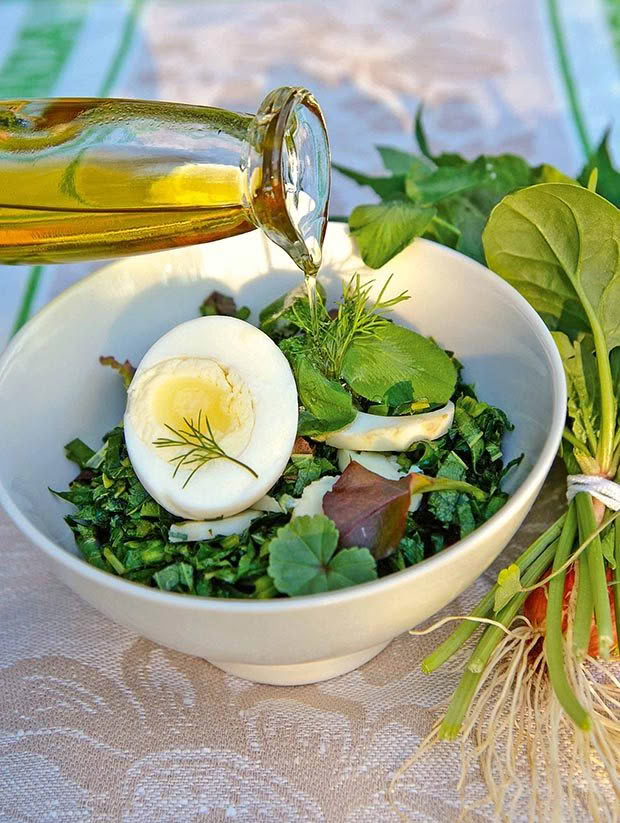
I let the garden direct me as to what I should make. It seems that if I use ingredients picked fresh from the garden, whatever I cook is spot on. I don’t think you need a large garden or high- level horticultural skills to feel this connection or to enjoy vibrant fresh food. The slightly daunted new landowner should know that soil is giving and forgiving. There are always ways to start again and those self-seeded, ‘forgot-about-it’ happy accident plants are priceless.
Maybe it’s because I went through a long period of illness but health is at the top of my priority list. Food is my healer and it is also the usual way for me to connect with friends so whatever we have arranged, kai forms part of it. In that way I feel good healing foods are assisting in all my needs: they connect me to my core values of healing support, love, creativity, deep engagement with the earth, and with the wild, wonderful beauties I am lucky enough to call friends.
These are three of my favourite autumnal recipes that will get you out harvesting and gathering in no time. I’m mindful of potential diet restrictions so they are all gluten-free, sugar-free, wholesome and nutrient-rich. Best of all, they are delicious, simple to make, and really celebrate your garden produce at this time of year. I hope you love them.
RECIPE: STUFFED BAKED PUMPKINS
(Serves 4 – 6)
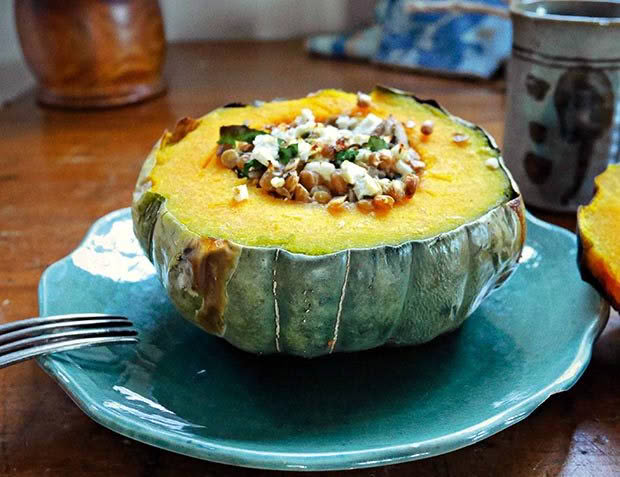
It delighted us this year when our first pumpkins came up. They are small and sweet and perfect for stuffing and baking whole for a dinner treat that is somewhere between rustic and gourmet. Pumpkin is full of carotenoids and antioxidants, kale is high in calcium, iron and minerals, and lentils provide protein and soluble fibre which reduces cholesterol and stabilises blood sugar. Lemon thyme soothes digestion and supports good respiratory and circulatory health as well as boosting the immune system and tasting beautiful.
The lentil and mushroom stuffing is incredibly simple to make and highly-flavoured with feta, garlic and the wonderfully healing and fragrant lemon thyme.
The results were absolutely beautiful and even gobbled happily by the meat lovers too. This is a lovely Sunday evening dish.
INGREDIENTS
– 4 small pumpkins (around 1kg each)
– 2 x 400g tins brown lentils
– 8 garlic cloves, finely chopped
– 2 C mushrooms, roughly chopped
– small bunch of lemon thyme, roughly crushed
– small handful shredded kale
– 100g feta cheese, crumbled
– olive oil to taste
– salt and pepper to taste
METHOD
Prick the pumpkins all over with the tip of a knife and bake whole for 1 hour at 180°C. Mix up the rest of the ingredients and refrigerate so the flavours combine while the pumpkins soften. Slice the lids off the pumpkins and scoop out the seeds so there’s enough room to add the filling. Stuff the filling in, making sure there is some feta right on top, and bake for a further 25 minutes until the mushrooms are cooked and the cheese and lentils near the top have gone slightly crispy.
RECIPE: BEETROOT, SHEEP’S FETA & PUMPKIN SEED SALAD
(Serves 4)
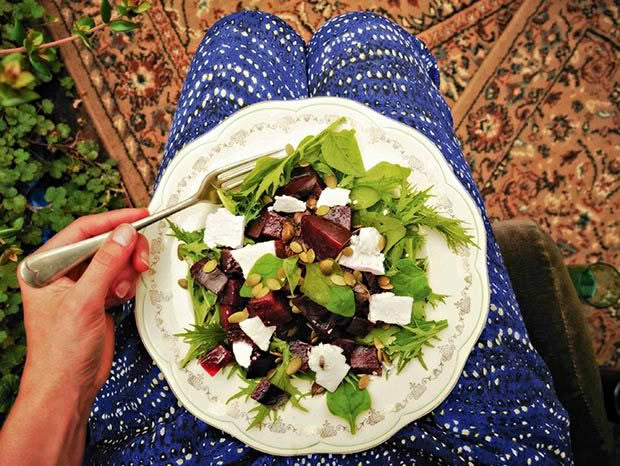
Beetroot is one of the simplest veges to grow and there are a wide array of delicious varieties out there, from candy- striped salad beets to the large roasting ones that will see you through winter. The sharpness of the sheep’s feta in this salad goes wonderfully with the earthy sweetness of the sticky beetroot and the smoky pumpkin seeds. Beetroot is a winner of a vege: high in iron, good for your liver, blood and heart, and it amps up your muscular endurance. Dark green leaves are nutritionally powerful and hydrating, the greener the better.
Pumpkin seeds are a great source of zinc, which is good for your skin and for de-stressing. I’m not a massive eater of cheese – there are better plant sources of protein and calcium – but if you crave it, it tends to be easier to digest non-cow milks and fats as they are usually less modified. A hard sheep’s milk feta is a wonderful choice.
This salad can be ready in less than 10 minutes and provides a substantial lunch or a light dinner for four.
INGREDIENTS
– 4 beetroot
– 2 tbsp capers
– 3 tbsp olive oil
– 2-3 tbsp balsamic vinegar
– 4 large handfuls of dark green leaves
– 100g sheep feta
– Toasted pumpkin seeds
METHOD
Wash the beetroot and chop it into small chunks. Parboil until al dente, about 5-7 minutes. Toast the pumpkin seeds on a high heat in a dry skillet for 3 minutes or until they just start to brown and become fragrant. Set them aside. In a flat-bottomed pan, fry the beetroot in warmed olive oil for a few minutes. Add the balsamic vinegar and bubble hard for 30 seconds, then turn the heat down and throw in the capers. Season and add more balsamic vinegar if you wish to ensure the taste comes through strongly for you. Arrange on a bed of leaves. I use spinach and mizuna and crumble the feta on top. Sprinkle with pumpkin seeds and serve.
RECIPE: HEALTHY CHOCOLATE THICKSHAKE
(Serves 1)
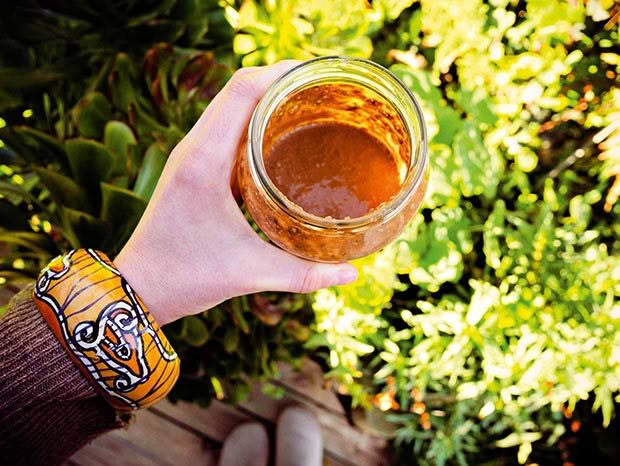
A green smoothie sets you up brilliantly for the day and can incorporate leaves from the garden and root vegetable tops. But over winter the body craves warming foods and deeper flavours. It’s good to drop the frozen berries and sharp fruits part of the classic green smoothie and indulge instead in this creamy chocolate coconut thickshake that’s just as sustaining and healing. Adding in the superfoods cacao and lucuma gives you a whole bunch of nutrients and antioxidants and there are still hidden greens there in the form of the less highly flavoured spinach rather than kale or parsley. The coconut cream makes it silky, delicious and dessert-like.
Cacao is jammed with antioxidants, phytonutrients, protein, amino acids, vitamins and minerals. I bought the lucuma powder because it was on special (you’ll find it at your local health food store), but this dried fruit is a powerhouse of trace minerals, amino acids and protein, delivering a large amount of calcium and phosphorous for strengthening bones and teeth, and it’s also good for hormone balance and digestion.
The coconut gives you a dose of good fats, stabilises your blood sugar, lowers cholesterol, improves digestion, supports the blood, increases your metabolism and protects your body against bad bacteria, fungi and disease. Spinach offers iron, chlorophyll and Vitamin C, the latter of which is accessed with the help of the coconut making this a co-operative smoothie!
INGREDIENTS
– ¼ tin coconut cream
– 1 tbsp cacao powder
– 1 tbsp lucuma powder
– ½ tbsp honey (or less if you like)
– ½ banana
– 1 tbsp dessicated coconut
– 1 tsp vanilla extract
– ¼ tsp Himalayan crystal salt
– A small handful of spinach leaves
– ½ – 1 C water
METHOD
Mix, adding water until the result is the thickness you like.
Love this story? Subscribe now!
 This article first appeared in NZ Lifestyle Block Magazine.
This article first appeared in NZ Lifestyle Block Magazine.
